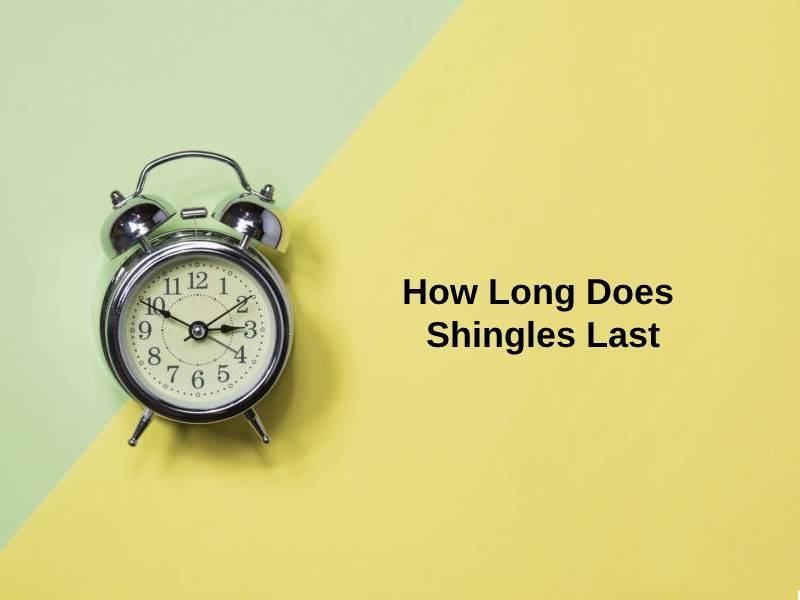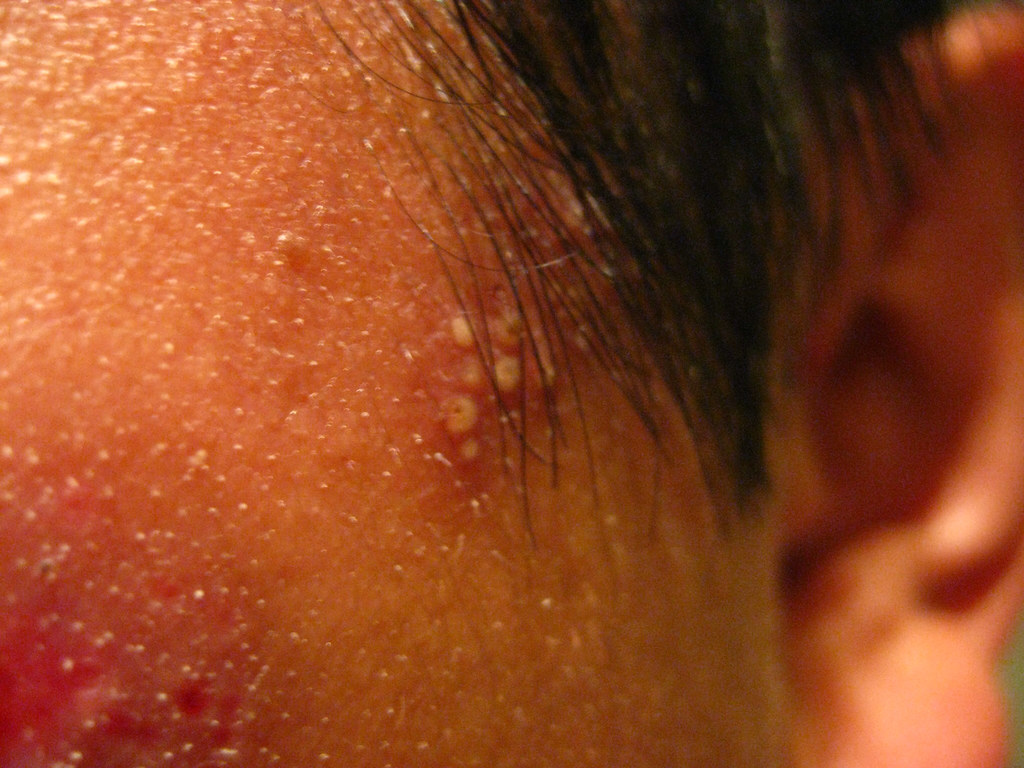Exact Answer: 3 – 5 Weeks
Shingles is a disease that causes painful skin rash affecting the nerves. It is a viral infection that can cause burning, shooting pain, rashes, tingling, itching as well as blisters. It is caused by the varicella-zoster virus that is also responsible for causing chickenpox. Thus, if one ever had chickenpox, the same virus can reactivate as shingles.
Approximately, about one in three adults get shingles. It can last for weeks, following a consistent pattern of both pain and healing. The rashes or blisters due to shingles appear as bands in one area of the body.
There is no cure for shingles, but various treatments exist which help manage its symptoms. Vaccines are available that can help prevent shingles from occurring and also to tackle the long-lasting nerve pain that sometimes develops due to it.

How Long Does Shingles Last?
More than one million cases of shingles are diagnosed every year. The risk of shingles increases as the person becomes older. As the risk potentially increases with age, it is most commonly observed to occur after the age of 60.
Shingles develop in about 10% of people who already had chickenpox at an earlier stage of their lives as both are caused due to the same virus.
For the rashes or blisters caused by shingles to totally disappear from the time the symptoms of it are first observed, it can take anywhere from three to five weeks.

| Conditions/symptoms | Duration |
| A rash appears on skin that causes pain, itching or burning | 1 – 2 days |
| The raised rash starts appearing as a band or patch | 2 – 3 days |
| Rash develops into a red, fluid-filled, round painful blister | 3 – 4 days |
| Blisters begin to crust over and dry out | About 10 days |
| Blister scabs clearing up | 2 – 3 weeks |
As the virus travels in specific nerves, shingles are found occurring in a band or patch on one side of the body. This band corresponds to the area where the affected nerve transmits signals. The most common areas where shingles can occur are the torso, waist, and face. The rashes caused due to shingles stay localized to a specific area and don’t spread over the entire body.
Why Does Shingles Last So Long?
Shingles can be a very painful situation. Once the symptoms of shingles are observed, a doctor must be seen immediately to ensure that there is minimal discomfort.
The early symptoms of shingles include irritation, itching, numbness, tingling, and general discomfort. Within the next few days, a red rash forms around the sensitive area. Further, fluid-filled blisters develop at the site of the rash.
The blisters ooze before drying up, within 10 days of appearing. At this point, scabs form on the skin, tending to heal within 2 – 4 weeks.
Other symptoms accompanying skin sensitivity, rashes and blisters include chills, fatigue, fever, headache, nausea, and sensitivity to light. Shingles are not contagious but are the reactivation of a virus already present inside the body.
Most people recover from shingles, but for those over 60 years who are not treated properly, the pain doesn’t go away and can last for months, years, or even the rest of their lives.

These people develop what is known as postherpetic neuralgia (PHN) which is the result of the shingles virus damaging the nerves of the skin. In some cases, the pain is mild. However, in others, even the slightest touch can cause excruciating pain.
Thus, the bottom line would be to seek prompt medical attention if one suspects any early signs of shingles.
Conclusion
Shingles is a common viral infection of the nerves. It causes a painful rash or small blisters on an area of the skin
Shingles affect approximately one-third of the total population. Symptoms may vary drastically in severity and duration. Early intervention is key in reducing symptom severity and thus, a doctor must be consulted as soon as early signs of shingles begin to appear to avoid any further complications.
Seek a doctor as soon as possible if there is heightened skin sensitivity or painful rashes or blisters. One should consider having the dose of the shingles vaccination to reduce the risk of shingles and long-term nerve pain.